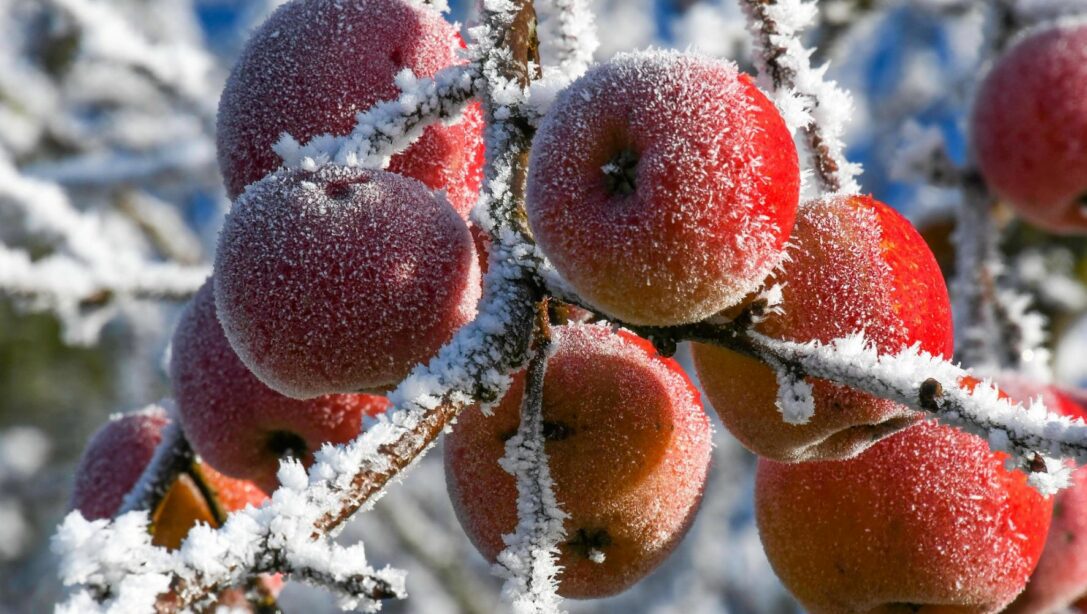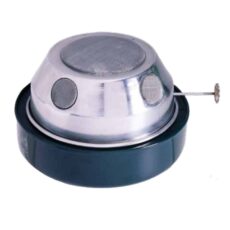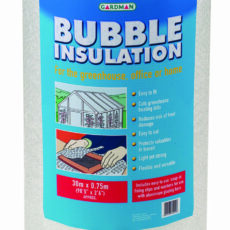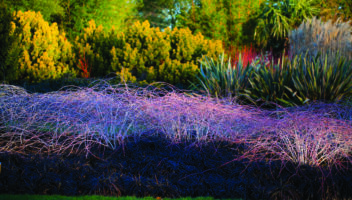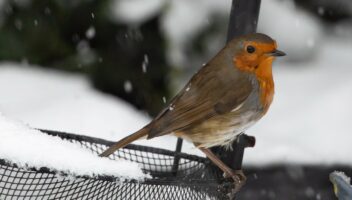Your fruit trees are usually hardy enough to survive the cold climate of the UK in the winter. However as your plant begins to flower it becomes increasingly vulnerable and it is important to take the right steps to protect it from the frost. Discover how to protect your fruit trees from frost damage.
Should Fruit Trees be Protected From the Frost?
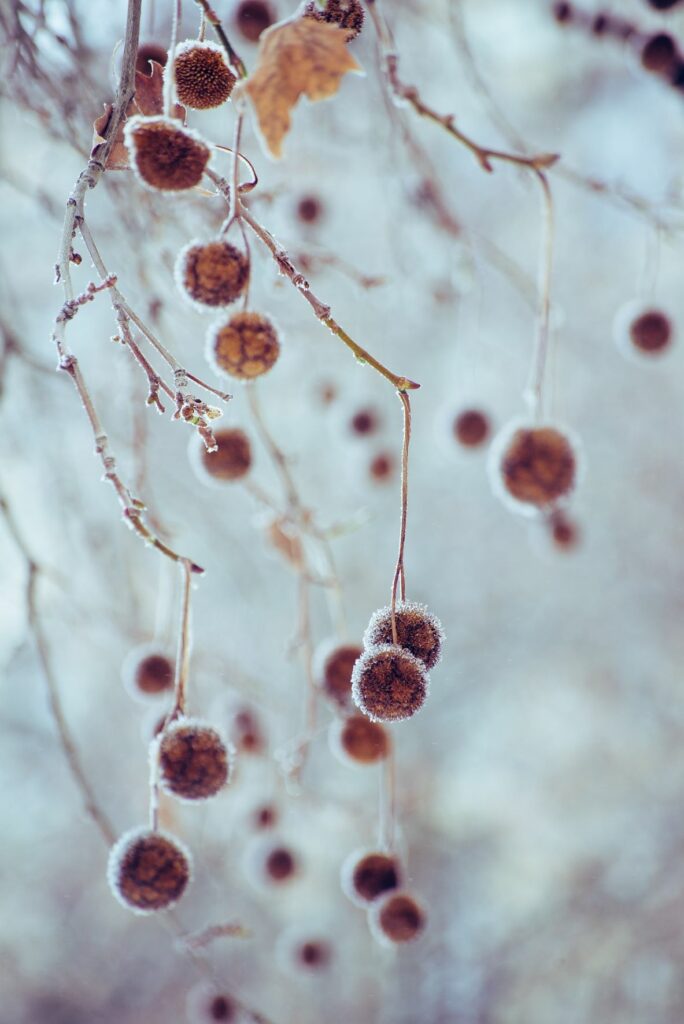
To eliminate any risk of your fruit trees being damaged by the frost you should explore the options surrounding shielding for the winter and early spring months.
Look for late flowering varieties to try and miss most of the early frosts. Plant next to walls and out of cold winds to offer some protection.
Hillier Top Tip:
Training apples and pears as espaliers against a wall can produce a good space saving solution and the wall will protect them from some frost.
Will Frost Hurt Apple and Peach Blossoms?
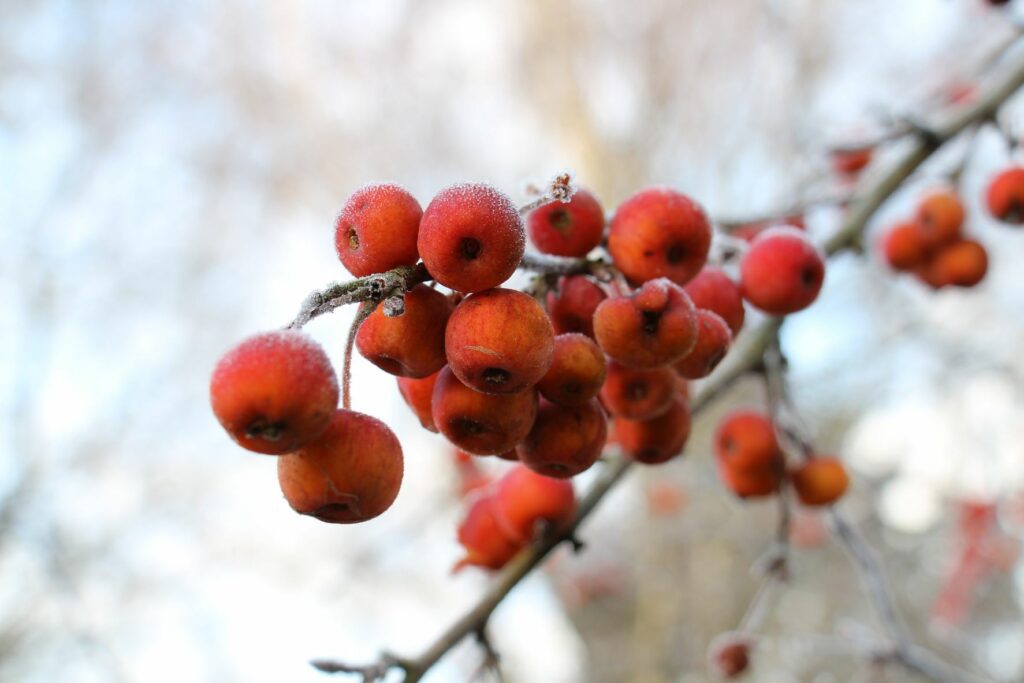
Apple and peach blossoms can be affected by frost depending on the state of their bloom and the temperature at which the frost settles.
Blossoms that have yet to open can usually withstand temperatures a few degrees colder than those that have opened. Flowers that have begun to mature into fruit can be hurt quite easily by a slight decline in temperature. It is important to have a plan in place on how to protect your fruit trees so you can prepare before the frost arrives.
Best Ways to Protect Your Fruit Trees From the Frost
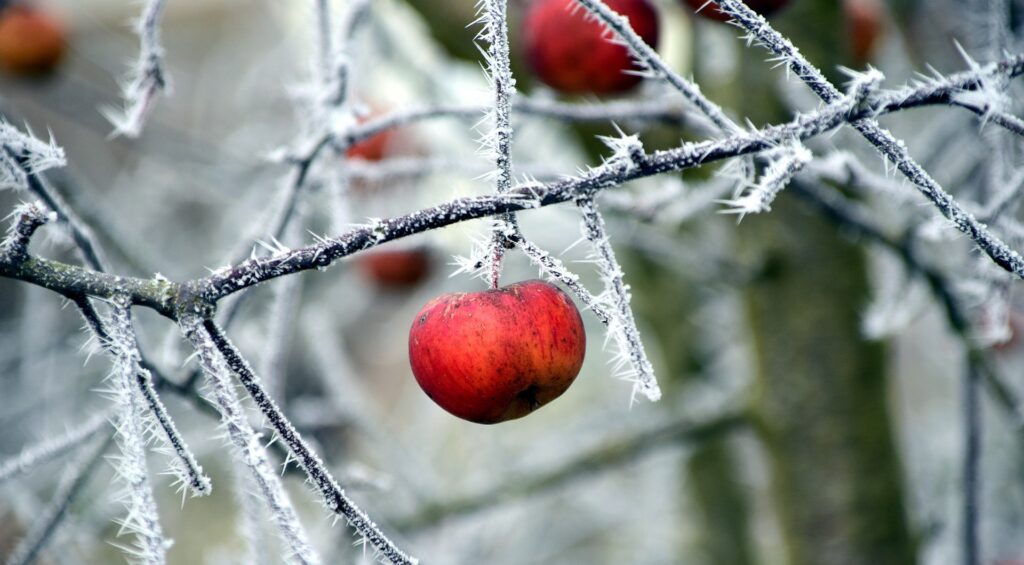
Covering fruit trees is predominantly the most successful way of protecting your fruit trees from the frosty weather.
By mulching after your fruit tree has flowered it provides a layer of warmth to your soil. This will ultimately have an encouraging effect when it comes to frost. The warmer your soil is, the less damage the frost will have on your fruit trees.
If you have smaller fruit trees or bushes, coverings like a layer of fleece can be secured overnight to prevent frost from settling on the tree. The fleece can then be removed in the daytime so that they receive the sunlight that they require.
For fruits such as strawberries cloches can be used to shelter the plant. Free them during the day to allow pollinators to reach it.
Concerned about your lawn? Find out how to protect your grass from frost damage.


